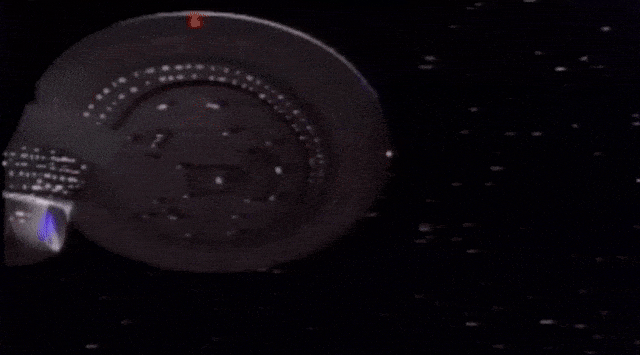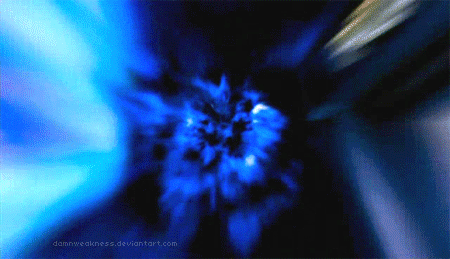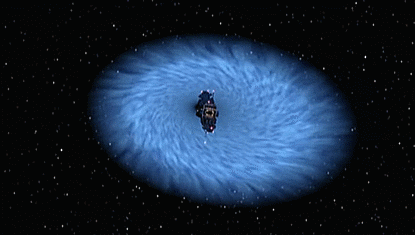
Is faster than light travel possible?
For at least a century faster than light travel has been a huge part of sci-fi, but some theories say can it be used in the real world as well

At the moment there are quite a few more plausible ideas for a faster than light drive which include Alcubierre warp drive and Traversable wormholes. But before we get into that let's get into the history of FTL (faster than light) travel.

The first mention of faster than light travel was the atomic motor in a novella entitled The Skylark of Space that first appeared in the amazing stories magazine in 1928. After this initial appearance the idea of FTL travel grew to be the basis of some of the best stories of sci fi touching on franchises such as Star Trek, Star Wars, Doctor Who, battlestar galactica and much much more. it has gone by dozens of names such as warp drive (star trek) which uses something similar to Alcubierre warp drive, jumps (Babylon 5) which use transversable wormholes and so many more.
With all these references in pop culture it will not come as a surprise that these things have been theorized in real life with some of the world's most respected scientist working on a way to make it a reality.
One theory called the Alcubierre warp drive which uses a warp bubble that keeps a gravitationally calm zero-G environment while the environment outside of the warp bubble would contract in front and expand behind to propel the ship forward.
Another theory called a Einstein-Rosen bridge or a transversable wormhole. traversable wormholes are two black holes that are connected by a sort of bridge in between them, which in theory should allow a ship traveling in between them to travel through space at near light speed and maybe even time. this would become a shortcut through space and time. one problem is that they will most likely collapse instantly the moment normal matter goes through.
but with all this talk of space travel let's take a look at time travel. time travel is similar to time travel in the fact that it appears frequently in sci-fi with shows and movies such as Doctor Who, Star Trek and back to the future. the first appearance of time travel in fiction was Memoirs of the Twentieth Century which was written in 1733 in which a

guardian angel brings letters back to 1733 from 1997 and 1998 and with that appearance time travel quickly became one of the biggest plot points of sci-fi rivaling even space travel itself this subject influenced early works such as The Time Machine by H. G. Wells and A Wrinkle in Time by Madeleine L'Engle.


Of course with all these stories there are bound to be theories on how to make it a reality but most are far fetched, but there are two possibilities, one as discussed earlier is a transversable wormhole which could send you from the older side (entrance) to the younger side (exit) and because the exit is younger you would come out in the past and vice versa. another theory on how to time travel is explained here: "so say first of all you were 15 years old when you left Earth in a spacecraft traveling at about 99.5% of the speed of light (which is much faster than we can achieve now), and celebrated only five birthdays during your space voyage. When you get home at the age of 20, you would find that all your classmates were 65 years old, retired, and enjoying their grandchildren! Because time passed more slowly for you, you will have experienced only five years of life, while your classmates will have experienced a full 50 years.¹"
with all these theories could mean that faster than light travel will soon leave our fantasies and join the real world but, until then engage!
